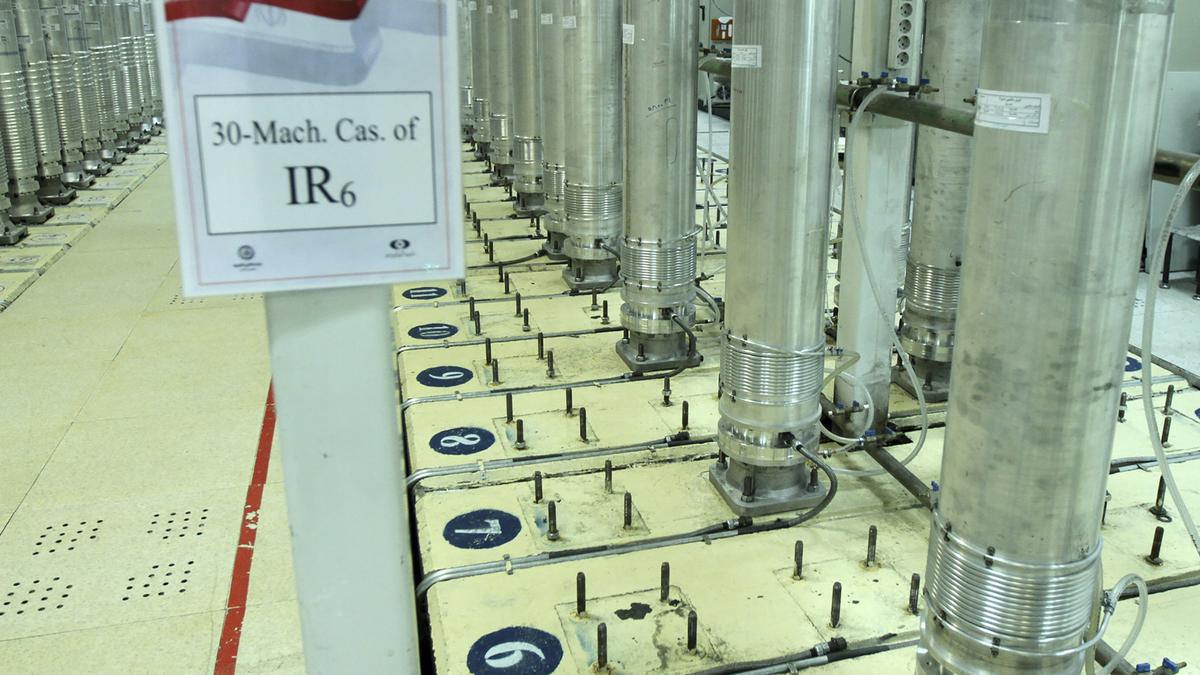The Bay of Bengal Initiative for Multi-Sectoral Technical and Economic Cooperation (BIMSTEC) will now be open to new members and observers after a historic first charter of the grouping came into force on 20 May, the Ministry of External Affairs has announced. With the coming into force of the charter which was adopted in the 5th summit of the BIMSTEC leaders, the grouping has acquired a ‘legal personality’ and will be able to enter into structured diplomatic dialogue with other groupings and countries.
Also read: Explained | How has BIMSTEC finetuned its regional agenda?
“The entry into force of the BIMSTEC Charter reaffirms India’s commitment to a prosperous, peaceful and sustainable neighbourhood. It is achieved by building on our shared history, culture, vision and mutual respect for each other. BIMSTEC reflects the synthesis of our Neighbourhood First and Act East policies,” said External Affairs Minister Dr. S. Jaishankar. Official Spokesperson Randhir Jaiswal further elaborated and said, the coming into force of the charter will provide “legal and institutional framework for meaningful cooperation and deeper integration of the Bay of Bengal region.”
BIMSTEC was formed in 1997 but for a long time, the organization could not form consensus among its seven member states – Bangladesh, Bhutan, Sri Lanka, Nepal, Thailand, Myanmar and India – about a common charter that could sum up the vision of the grouping. Following the pandemic, the leaders of the BIMSTEC nations met virtually on 30 March 2022 under the chairship of Sri Lanka and adopted the charter. The chair of BIMSTEC was taken up by Thailand after the 5th leaders’ summit. Last month, Nepal’s partliament took up the BIMSTEC charter and ratified it which paved the way for the coming into force of chater.
The organization received greater attention especially in the backdrop of the near moribund status of the South Asian Association for Regional Cooperation (SAARC) which last time met in Kathmandu during November 2014. The next SAARC summit was scheduled to be held in Islamabad in 2016 but was derailed in the backdrop of terror strikes on India that New Delhi blamed on Pakistan-based elements. Ever since, the statements emanating from the Government of Prime Minister Modi have indicated that India is willing to shift its focus from SAARC to BIMSTEC as the latter is in greater harmony with India’s ‘Act East’ policy. This SAARC vs BIMSTEC issue came up during the debate in the parliament in Kathmandu where foreign minister of Nepal Narayan Kaji Shreshtha said that Nepal does not view BIMSTEC as a replacement of SAARC saying, “In order to reinvigorate the stalled SAARC process, Nepal, as its current chair, will surely take an initiative.”
Also read: Explained | What is the BIMSTEC grouping and how is it significant?
In the previous decades, apart from the lack of a common charter, BIMSTEC was also marked by growing discord between Bangladesh and Myanmar which has displaced more than a million Rohingya refugees who entered Bangladesh in 2017. Similar refugees from Myanmar have also streamed into Thailand ever since the February 2021 coup. Following the coming into force of the charter on 20 May, the Ministry of External Affairs said, “The BIMSTEC Charter is a testament to the shared commitment of the Member States to promote regional cooperation in key sectors such as security, connectivity, trade, agriculture, environment, science and technology, agriculture and people to people contact.”





